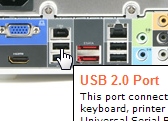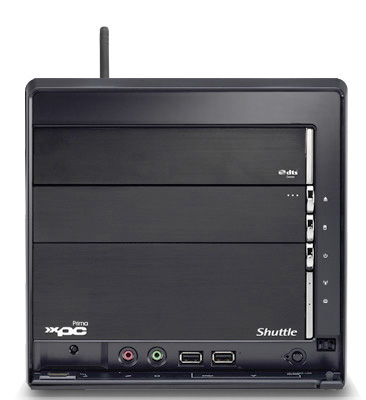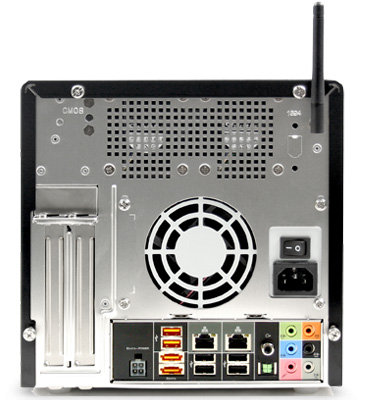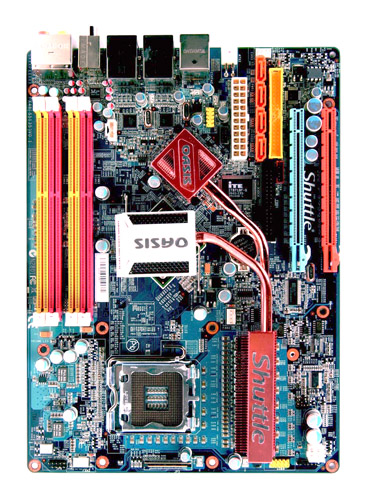 |

|
|
 |
|
|
Products | |
 |

Hotspot information for Shuttle XPC Barebone SX48P2 Deluxe
 Product views with descriptions

Please move your mouse to the three product images to learn more about connectivity on the front and back panel.
| Frontpanel: |
Backpanel: |
|

|

|
| Mainboard: |
|
|

| |
 |
|
| |
|
 |
|
 |
 |
 |
|
|
|
| Búsqueda |
 |
|
|
|
|
|
| Información adicional |
 |
 |
|
|
| Shuttle Newsletter |
 |
 |
|
|
|
Shuttle Barebone K45 |
 |

El mini PC de precio increíble
 | |
|
|
 |
| El boletín informativo de Shuttle le informa sobre todas las novedades en torno a Shuttle. | |
|
|
|
 |